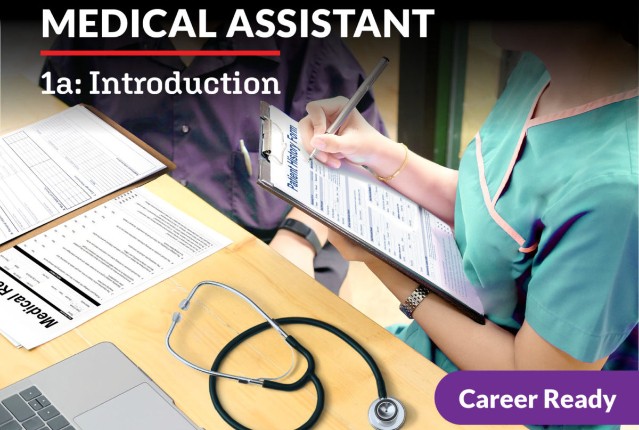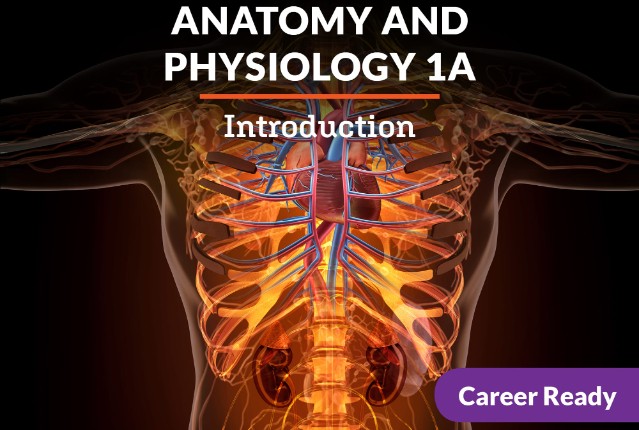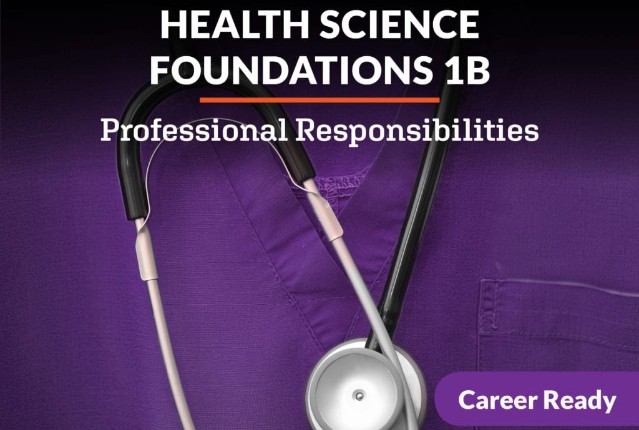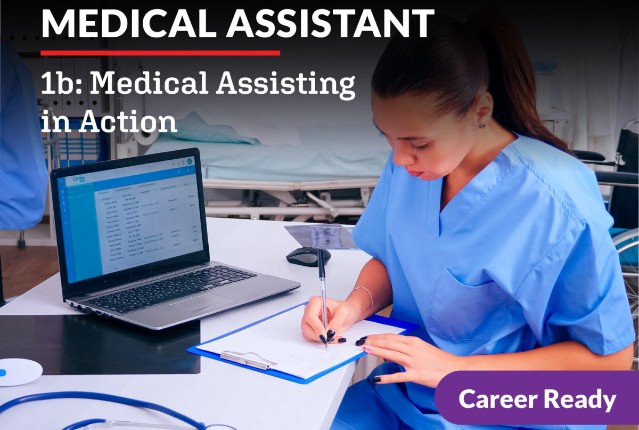
Medical Assistant 1a: Introduction
It takes a strong team to offer top-notch patient care, and each team member plays in integral role. Are you a team player interested in coordinating patient care? Then a career as a medical assistant may be right for you! In this course, you will acquire medical terminology, investigate anatomy and physiology, learn keys to professionalism in an office setting, and explore office roles while building a professional portfolio. Let’s learn what it takes to fill the important shoes of a medical assistant today!
Review course outlineAccess for a year
USD 299.00*
* Choose more courses to get a discount





